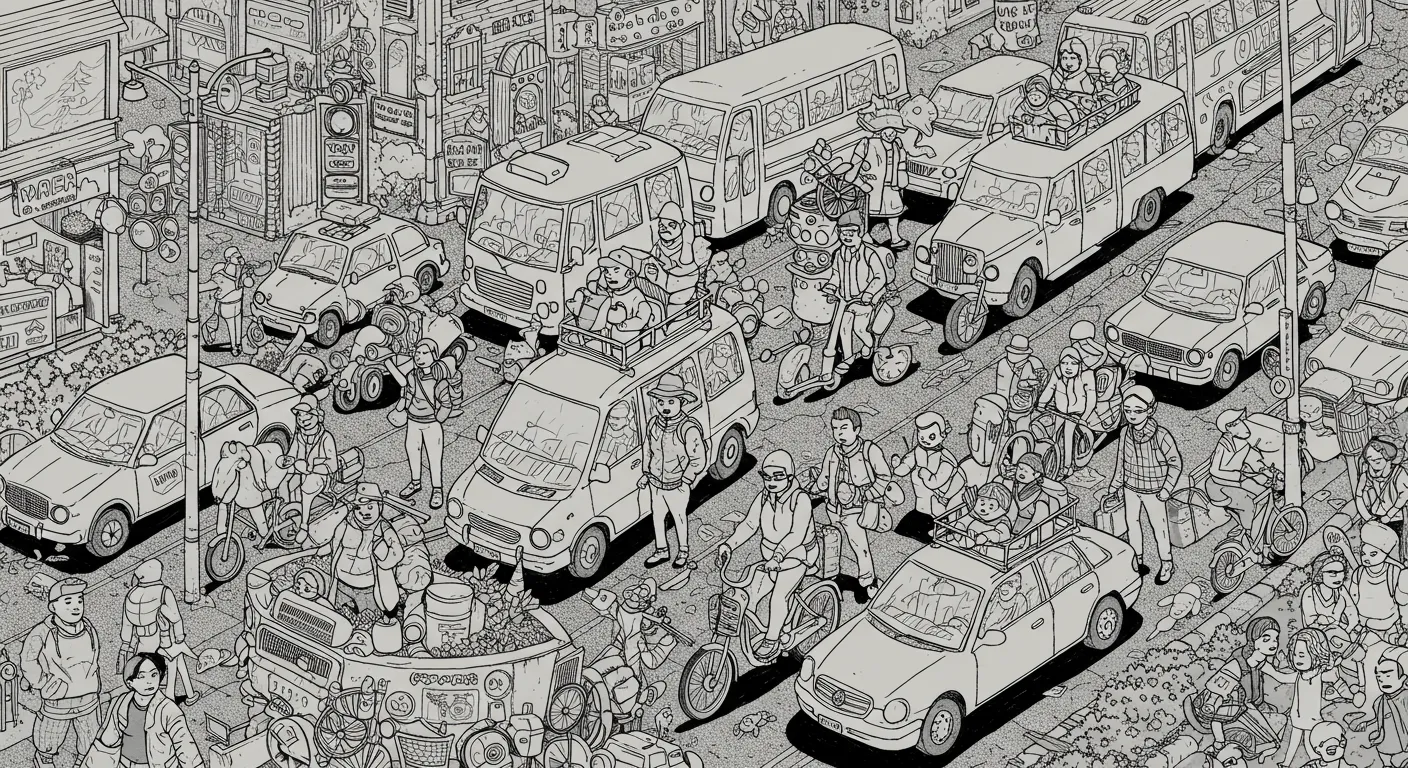Shanghai is pioneering a radical approach to public transit by letting residents design their own bus routes through a smartphone app, challenging traditional transit planning methods. The innovative system allows users to propose and vote on potential bus routes, potentially creating a more responsive and user-driven transportation network.
The concept taps into the collective wisdom of city dwellers, addressing a long-standing frustration with rigid, bureaucratic transit planning. By leveraging technology and crowd input, Shanghai aims to create more flexible and efficient public transportation that actually reflects residents' daily movement patterns.
Online commentators are split on the idea's potential. Some see it as a brilliant way to optimize transit routes, while others worry about potential logistical challenges and the reliability of crowd-sourced planning. The approach raises intriguing questions about how cities can use technology to make public services more adaptive and responsive.
The system isn't just about convenience - it represents a broader shift in how urban services might be designed in the future. By creating a more dynamic feedback loop between citizens and transit planners, Shanghai is experimenting with a new model of civic participation and service delivery.
Ultimately, the success of this approach will depend on careful implementation and ongoing refinement. It's a fascinating experiment that could potentially reshape how cities think about public transportation in the digital age.


